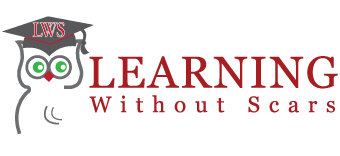With standards of performance we dealt with what it looks like when it is right. With Best Practices we aim for performance excellence. What is it that the most successful dealers are doing to achieve excellence? This is discussed in detail in this program to allow dealers to see optional approaches to processes and systems. From using the standard times to shop floor scheduling turnover, from maintenance programs to labor efficiency, every aspect is discussed.
We will cover all aspects of the processes required in a labor business: from dealer business systems, to labor collections systems, to service pricing systems. People and system productivity and effectiveness are critical in any business today, but this is especially true within the equipment business where the gross margin on the prime products continues to erode. There are many aspects within a labor business that must be covered that can make a significant difference in either cost structures or market positioning and competitive situations.
Process manuals – electronic or paper – and procedures, as well as training methods to employ become critical to the consistent delivery of excellent customer service. How to measure your success in the area of customer satisfaction, as well as all operational processes becomes part of this program. Anyone interested in achieving the best possible level of performance within the labor business will gain insight from this program.
